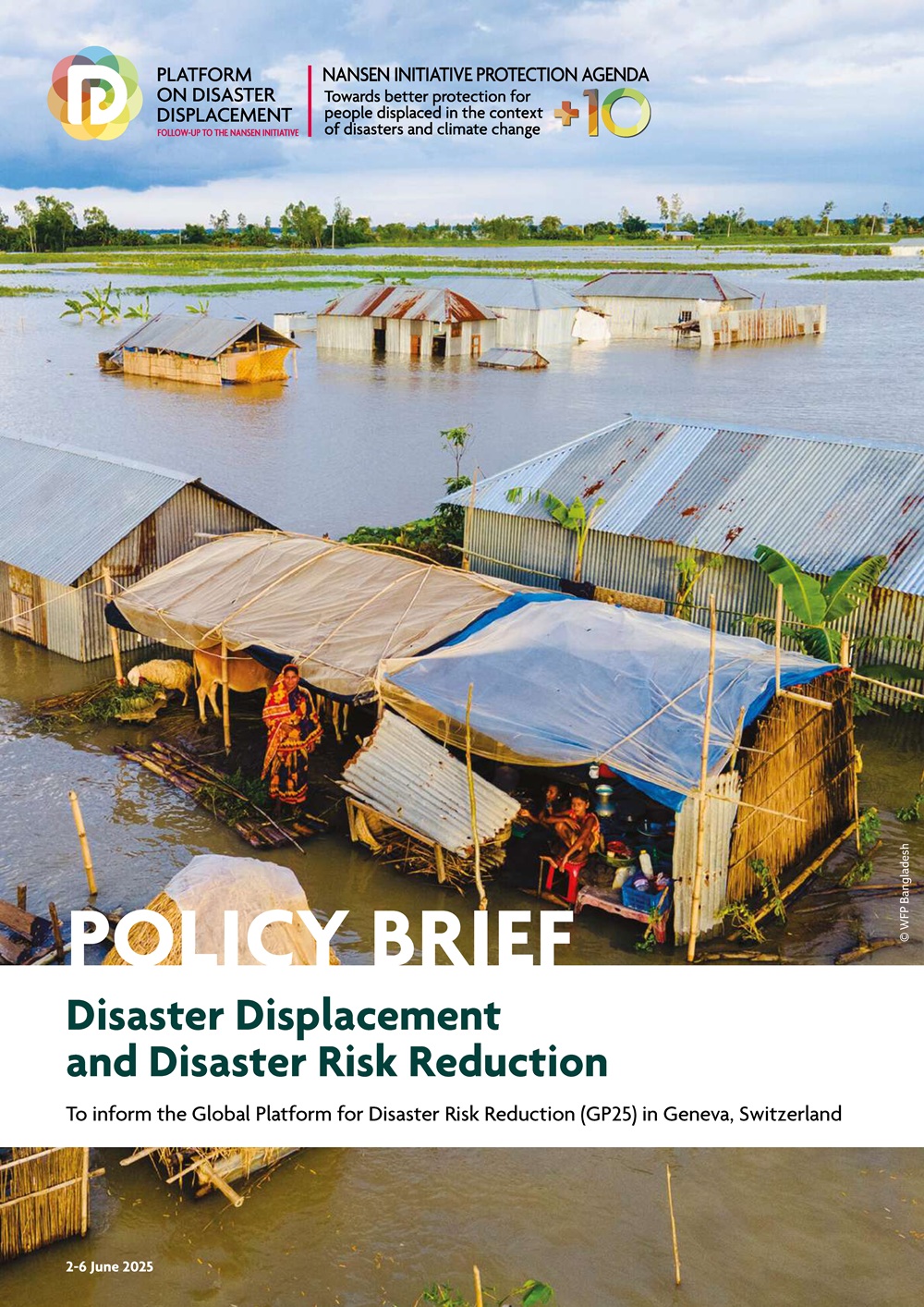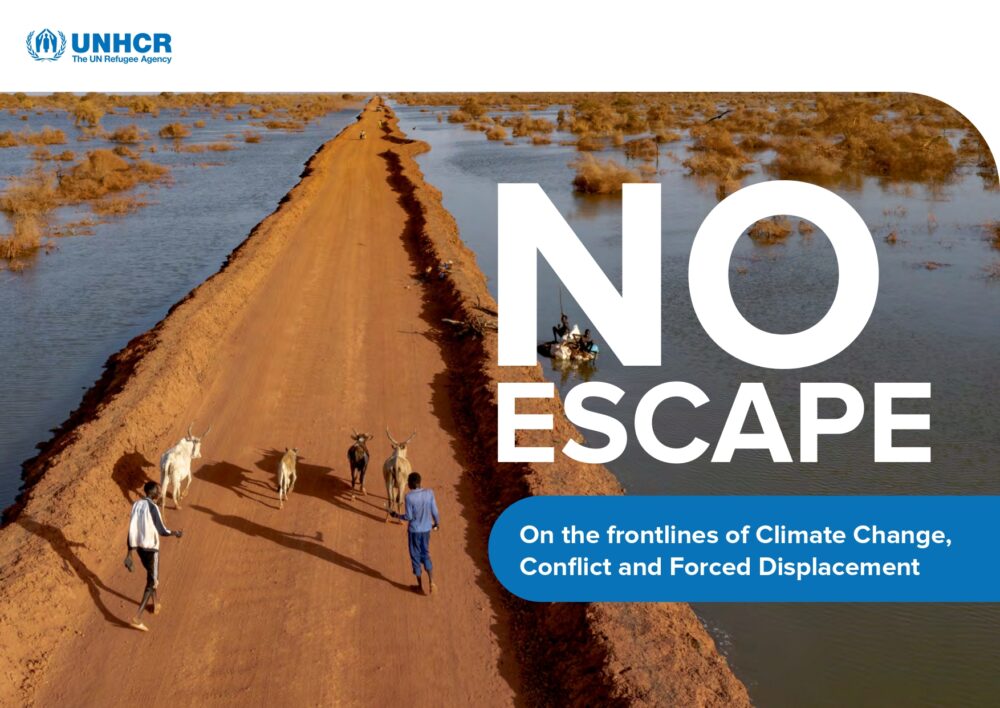Children displaced in a changing climate: Preparing for a future already underway
The link between climate change and displacement is complex. Yet it is clearer than ever that the climate is shifting patterns of displacement. Although weather events, such as floods and storms, are natural phenomena and a single event cannot be directly attributed to climate change, there is widespread consensus that human-induced climate change is affecting the frequency, intensity, geographic range, duration, and timing of extreme weather events. Therefore, no weather is entirely ‘natural’ anymore, but rather occurs in the context of a changing climate. Large-scale disasters, which in the past, occurred only occasionally, are now more frequent. In fact, with every additional one degree Celsius of warming, the global risks of displacement from flooding are projected to rise by approximately 50 per cent.
Millions of children are already being driven from their homes by weather-related events, exacerbated by climate change. Decisions to move can be forced and abrupt in the face of disaster, or the result of pre-emptive evacuation – where lives may be saved, but many children still face the challenges that come with being uprooted from their homes. In the context of slow-onset climate processes, displacement can be driven by an interplay of socio-economic, political, and climate-related factors. Decisions to move often occur in a context of constrained life choices and eroding livelihoods, where children and young people are trapped between aspirations and hopes, a duty of care to their families and communities, and pressures to leave home.
Displacement – whether short-lived or protracted – can multiply climate-related risks for children and their families. In the aftermath of a disaster, children may become separated from their parents or caregivers, amplifying the risks of exploitation, child trafficking, and abuse. Displacement can disrupt access to education and healthcare, exposing children to malnutrition, disease, and inadequate immunization. Furthermore overcrowded and under-resourced evacuation sites may be located in climate-vulnerable areas.




